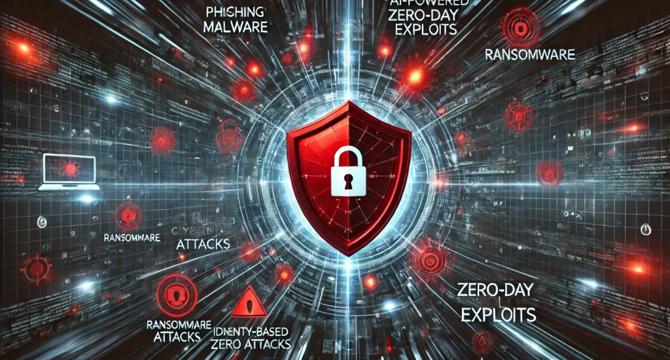VentureBeat
1M
9

Image Credit: VentureBeat
AI vs. AI: 6 ways enterprises are automating cybersecurity to counter AI-powered attacks
- AI is becoming essential for cybersecurity to combat AI-powered attacks, which are rapidly evolving in speed and sophistication.
- Malicious actors are leveraging generative AI to launch attacks at machine speed, prompting organizations to prioritize preemptive measures with predictive analysis.
- The rise of weaponized AI and malware-as-a-service (MaaS) is accelerating automated cybercrime, with MaaS comprising 57% of all cyberattacks.
- Attackers are moving faster, utilizing new techniques that legacy systems struggle to detect, indicating the need for adaptive defenses like AI-driven strategies.
- Various enterprises, such as Rate Companies, are implementing AI for threat modeling, zero-trust security, and automated response to enhance cyber resilience.
- Enhancing threat detection with self-learning AI, shifting from reactive to proactive defense, and automating phishing defenses are crucial in combating adversarial AI.
- AI-driven incident response plays a vital role in containing threats efficiently, with organizations like Rate Companies following a 1-10-60 SOC model for rapid intrusion detection and containment.
- Continuous hardening of attack surfaces using AI, detecting and mitigating insider threats with behavioral analytics, and enhancing visibility are key strategies employed by organizations.
- Implementing human-in-the-loop AI is essential for long-term cybersecurity success, as it augments human expertise rather than replacing it.
- AI in cybersecurity must collaborate with human teams to amplify defenders and make faster, smarter security decisions to keep up with the shrinking breakout times.
Read Full Article
Like
For uninterrupted reading, download the app